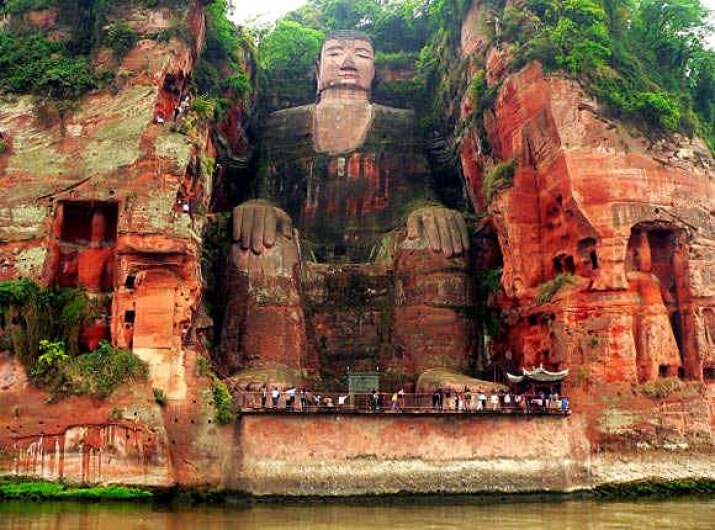
The giant Buddha statue of Leshan, a city in China’s Sichuan Province, is undergoing a four-month “physical” examination for repairs and preservation. The 71-meter high statue, which is believed to be the largest stone carved Buddha in the world, has a large crack on its chest and is covered in micro moss.
The examination, which started on 8 October, is overseen by dozens of experts and makes use of cutting-edge technology such as 3D laser scanning, a drone aerial survey, and infrared thermal imaging.
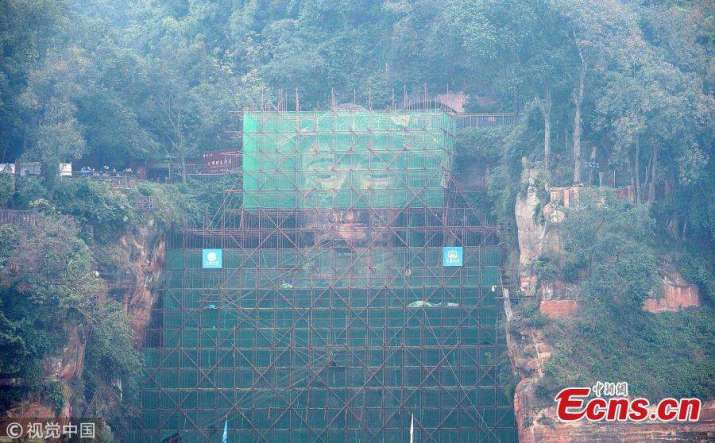
The Leshan Buddha, believed to depict Maitreya—a bodhisattva who will be the future Buddha of the next world age—, was directly carved into the cliff of Mount Lingyun, its head at the top of the mountain, its feet standing on the riverbank. It faces the sacred mountain of E’mei and overlooks three converging rivers.
The Buddha is almost completely made out of stone, except for its seven-meter-long ears, which are made of wood covered in clay, and was carved during the Tang Dynasty (618-907 CE). It took thousands of workers almost a century to complete it: construction started in 713 and finished in 803. It is believed to be the biggest carved stone Buddha statue in the world, and was listed as a UNESCO World Heritage Site in 1996.
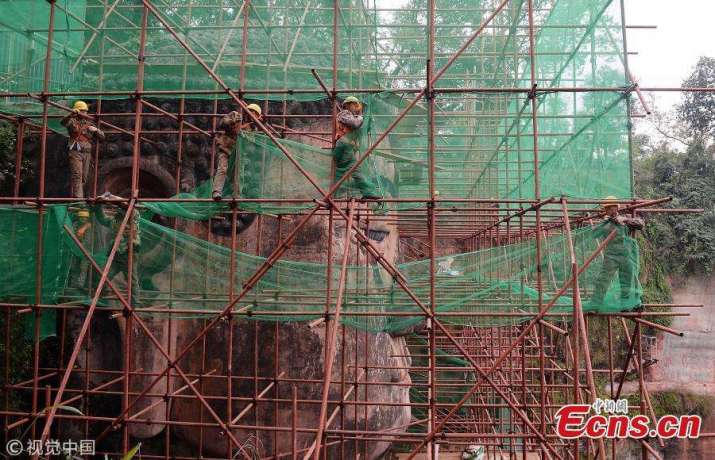
The Buddha statue was the brainchild of a monk called Hai Tong, who hoped that the Buddha would calm the turbulent waters at its feet that killed so many people every year. The story goes that he begged for 20 years to gather the money needed for its construction and that when local officials tried to take money from the fund, Hai Tong gouged his eyes out to show his devotion and sincerity, stating that the officials could have his eyes but not the money that he had raised.
When Hai Tong passed away, the statue was only completed from the shoulders up (construction took place from the head to the feet), and after his death, the construction halted due to insufficient funding. It was years later that his disciples, with financial support from Zhangchou Jianxiong, a local official, resumed the work. When Zhangchou Jianxiong was called to work at the royal court in Chang’an, construction halted again. The Buddha was now completed until the knees. It would take another 40 years for the statue to be fully finished, when another local government official called Wei Gao made a donation for its completion. In the end, three generations of craftsmen had worked on the statue.
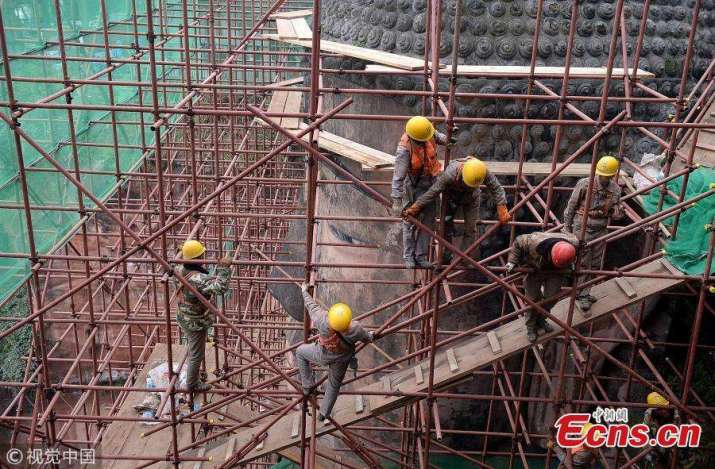
The protection and conservation of the Buddha statue has been a concern throughout the ages. When the statue was completed in the early 9th century, a 13-story wooden pavilion was built to shelter the statue from the elements. This pavilion, however, was destroyed at the end of the Ming Dynasty (1368-1644), leaving the Buddha exposed.
Despite this, the Buddha was preserved quite well due to an artfully designed draining system carved into the statue, which allowed for drainage, moisture-proofing, and ventilation.
In addition, the Leshan Buddha has undergone several rounds of repair: once in the Tang Dynasty, three times in Ming and Qing dynasties (1368-1911), three times during Republic of China (1912-49) and nine times after 1949. The repairs in 1936 also made detailed changes to the chin, lips, and hairline of the Buddha and determined much of the current appearance of the Buddha.
Although the survey and repair work is still ongoing, visitors can access the Leshan Buddha. Because the maintenance work is still ongoing and parts of the Buddha statue are covered in scaffolding, the administrative committee of the Leshan Giant Buddha Scenic Zone, cut the price of the entrance tickets to the Buddha in half, last week.
Read more
A Buddha over troubled waters (Shine)
Repairs for big Buddha (ECNS)
Giant Buddha of Leshan to undergo “physical examination” (Xinhuanet)








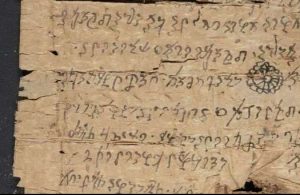



Namo Amituofo!